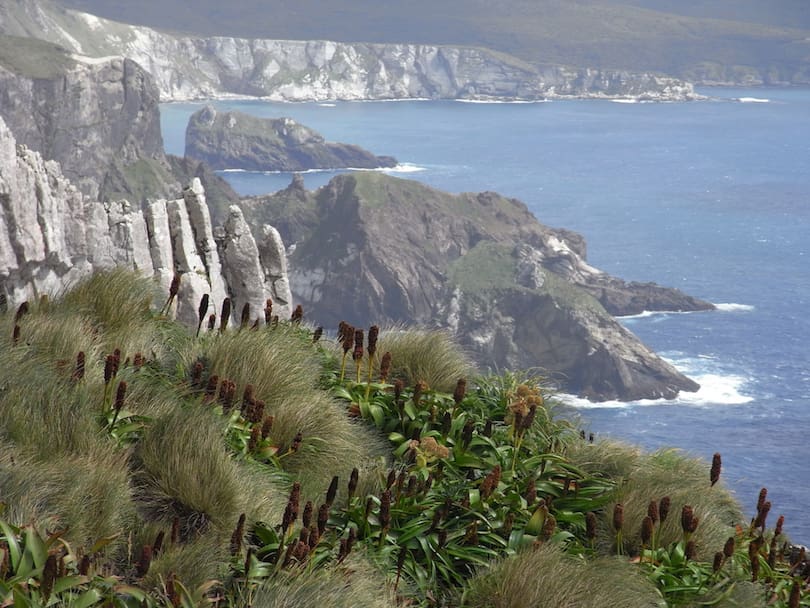Indira Gandhi Wildlife Sanctuary, also known as Annamalai Wildlife Sanctuary, is a protected wildlife reserve located in the Western Ghats of Tamil Nadu. It is named after the former Prime Minister of India, Indira Gandhi, who visited the sanctuary in 1961. The sanctuary is spread over an area of 958 sq km and is home to a wide variety of flora and fauna, including some endangered species.
In this guide, we will provide you with all the information you need to know about Indira Gandhi Wildlife Sanctuary, including its history, geography, wildlife, best time to visit, things to do, and how to reach.
History: Indira Gandhi Wildlife Sanctuary was established in 1976 as part of Project Tiger, a program initiated by the Government of India to protect the Bengal tiger. The sanctuary was originally named Annamalai Wildlife Sanctuary after the Annamalai hills, which form the western border of the sanctuary.
Geography: Indira Gandhi Wildlife Sanctuary is located in the Western Ghats of Tamil Nadu, near the border with Kerala. The sanctuary is spread over an area of 958 sq km and is characterized by rugged terrain, steep hills, dense forests, and numerous water bodies. The altitude of the sanctuary ranges from 400 m to 2,637 m above sea level. The sanctuary is home to several rivers and streams, including the Amaravati, Chinnar, and Aliyar rivers.
Wildlife: Indira Gandhi Wildlife Sanctuary is home to a rich variety of flora and fauna. The sanctuary is known for its large population of Bengal tigers, which are estimated to number around 50. Other big cats that can be found in the sanctuary include leopards and jungle cats. The sanctuary is also home to several species of deer, including sambar deer, spotted deer, and barking deer. Other notable wildlife species include Indian elephant, Indian gaur, sloth bear, wild dog, and several species of primates, including Nilgiri langur and lion-tailed macaque.
Birdwatchers will also be delighted by the sanctuary’s avian diversity, with over 200 species of birds recorded in the sanctuary. Some of the notable bird species include the great hornbill, Indian grey hornbill, Malabar grey hornbill, Malabar pied hornbill, and the Indian pitta.
Best Time to Visit: The best time to visit Indira Gandhi Wildlife Sanctuary is between October and May, when the weather is pleasant and the animals are easily visible. The monsoon season, which lasts from June to September, can make the terrain difficult to navigate, and many areas of the sanctuary may be closed during this time.
Things to Do: There are several activities that visitors can enjoy at Indira Gandhi Wildlife Sanctuary. One of the most popular activities is wildlife safaris, which can be done on foot or in a jeep. Visitors can also go on trekking expeditions, with several routes available for all levels of difficulty. The sanctuary is also a popular spot for birdwatching, with several bird species easily visible throughout the sanctuary.
Visitors can also visit the nearby tourist destinations, including the hill station of Kodaikanal and the famous Palani Murugan Temple.
How to Reach: Indira Gandhi Wildlife Sanctuary is located about 50 km from Coimbatore, which is the nearest major city. Coimbatore is well connected to other major cities in India by road, rail, and air. The sanctuary can be reached by hiring a taxi or taking a bus from Coimbatore. The nearest railway station is Pollachi, which is located about 40 km from the sanctuary. From Pollachi, visitors can hire a taxi or take a bus to reach the sanctuary.
By Air: The nearest airport is Coimbatore International Airport, which is well connected to major cities in India and abroad. From the airport, visitors can hire a taxi or take a bus to reach the sanctuary.
By Train: Pollachi Railway Station is the nearest railway station to the sanctuary, located about 40 km away. Pollachi is connected to major cities in India through rail. From the railway station, visitors can hire a taxi or take a bus to reach the sanctuary.
By Road: Coimbatore is well connected to major cities in India through a network of national highways. Visitors can hire a taxi or take a bus from Coimbatore to reach the sanctuary. Buses are available from Coimbatore to Pollachi and from Pollachi, visitors can hire a taxi or take a bus to reach the sanctuary.
Tips for Visitors:
- Carry sufficient water and food supplies as there are no food stalls available inside the sanctuary.
- Wear comfortable and sturdy shoes as the terrain can be uneven and slippery.
- Do not litter inside the sanctuary and follow the guidelines issued by the forest department.
- Hire a local guide to explore the sanctuary and to learn about the local flora and fauna.
- Do not disturb the wildlife or attempt to feed them.
- Avoid visiting the sanctuary during the monsoon season (June to September) as the sanctuary remains closed during this period.
FAQs:
- What is the best time to visit Indira Gandhi Wildlife Sanctuary? The best time to visit the sanctuary is from December to April when the weather is pleasant and the wildlife is active.
- Are accommodation facilities available inside the sanctuary? No, there are no accommodation facilities available inside the sanctuary. Visitors can stay in Coimbatore or Pollachi and visit the sanctuary on a day trip.
- What is the entry fee for Indira Gandhi Wildlife Sanctuary? The entry fee for the sanctuary is INR 50 per person for Indian nationals and INR 300 per person for foreign nationals.
- Can we go on a safari inside the sanctuary? Yes, visitors can go on a jeep safari inside the sanctuary with the permission of the forest department.
- What is the distance between Coimbatore and Indira Gandhi Wildlife Sanctuary? The distance between Coimbatore and the sanctuary is about 50 km.
In conclusion, Indira Gandhi Wildlife Sanctuary is a must-visit destination for nature lovers and wildlife enthusiasts. The sanctuary offers a unique opportunity to explore the natural beauty of the Western Ghats while also learning about the local culture and way of life. Visitors can enjoy a range of activities, including trekking, bird watching, and wildlife safari, and experience the rich biodiversity of the region. The sanctuary’s conservation efforts are commendable, and it is heartening to see the efforts to protect and preserve the ecosystem for future generations. We hope this guide has provided useful information about the sanctuary and encourages you to plan a visit soon.






